-
Seed Shop
-
Top 10’s
- Top 10 Feminized Seeds USA
- Top 10 Autoflower Seeds USA
- Top 10 CBD Seeds USA
- Top 10 Zamnesia Seeds
-
Favourites
- Beginner Strains
- Below 1% THC
- Classic Cannabis Strains
- Cup Winners
- F1 Hybrids
- Fast-Flowering Strains
- High THC Seeds
- Mix Packs
- Zamnesia Exclusive Collabs
-
-
THCa Shop
-
Kratom Shop
-
Smoke Shop
-
Smartshop
-
Shroom Shop
-
Growshop
-
Seed Shop
All CategoriesSeed Shop
-
TRIBE
All CategoriesTRIBE
- My Membership
- Spend Gift Points
- Exclusive products
- Earn Extra Gift Points
-
TRIBE
- Early Access
- Refer a Friend
- Information
-
TRIBE
-
Language
 United States
United States
Monday, 21 April and Friday, 25 April 2025*
- Zamnesia >
- Smartshop >
- Mescaline Cacti >
- San Pedro: Everything You Need To Know
A Guide To San Pedro
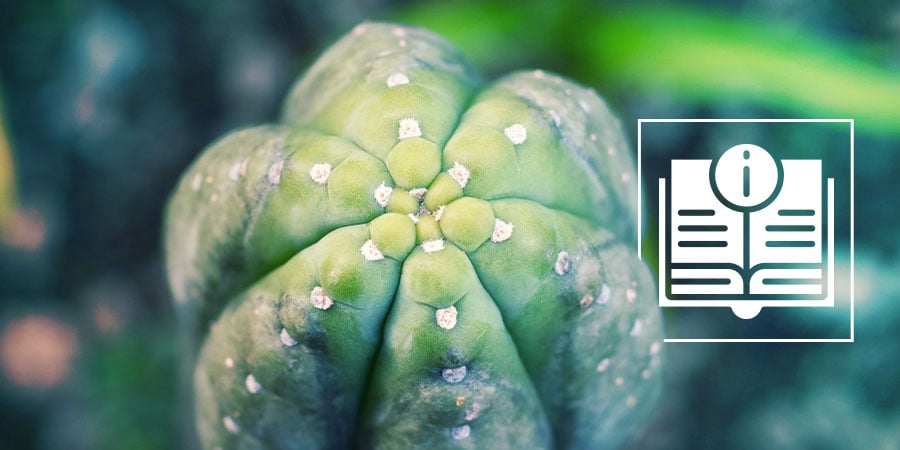
With a deep and rich history in shamanic practice, San Pedro is a great addition to any psychonaut’s hallucinogenic garden.
When it comes to psychedelics, there is a whole world of trippy life out there. One such example is the San Pedro cactus, a traditional South American hallucinogen that has been used for thousands of years during shamanic rituals. This mescaline containing cactus has held a place in the hearts of many seasoned psychonauts for a long time, so we thought we would put together a brief guide to everything you need to know about it.
WHAT IS SAN PEDRO CACTUS?
The San Pedro cactus, known scientifically as Trichocereus pachanoi, is one of several mescaline-bearing cacti used by various cultures for thousands of years. Dried San Pedro is estimated to contain up to 2.375% mescaline by volume, though it also contains other alkaloids such as tyramine, hordenine, 3-methoxytyramine, anhalaninine and anhalonidine.
EFFECTS OF THE SAN PEDRO CACTUS

Mescaline is a hallucinogen with effects that range from euphoria to full-blown, vivid hallucinations. While today the San Pedro is enjoyed around the world as a natural psychedelic, indigenous Andean cultures long used the cactus in for divination purposes. As such, the cactus is used in both a recreational and spiritual context up to this very day.
Although the effects of psychedelic substances can be hard to accurately quantify, common effects experienced on San Pedro include: return of long-forgotten memories, extreme sensitivity to light and colour, synesthesia, altered perception of time, and open and closed-eye visuals. This last one is of particular interest to many mescaline users as the substance can elicit visual patterns of various types.
Overall, the experience is likened to that of other hallucinogens due to the sense of spiritual insight and connectivity that pervades. Effects kick in about 1–2 hours after ingestion and peak for another 2–4 hours before tapering down for another 8 or so hours.
The effects of San Pedro are, compared to peyote, said to be much more pleasant; the peak is less mind-boggling and not nearly as physical. San Pedro tastes only slightly bitter, and the obligatory nausea that goes hand-in-hand with peyote is not as likely to occur.
However, San Pedro can still make users feel nauseous and even cause vomiting before the trip kicks in. This is traditionally seen as a form of “cleansing” that ensures your body and spirit are “clean” for the trip ahead.
Growing San Pedro At Home

The plant only needs water and some nutrients. San Pedro likes it warm and bright. The hills it usually grows on have nutrient-rich soil, so add some every now, but not too much, because after all it still is a cactus. When cultivating this cactus indoors, make sure it receives direct sunlight - the best place for it is a window sill on the south-side. On really hot days it will appreciate a bit of extra water.
If you grow from a cutting, you will have to dry it first - until its cutting wound has "healed" - and then let it root in the ground before it starts growing; this can take up to a year. Growing from seeds requires a lot of time and effort, but can be very rewarding!
THE ORIGIN OF OUR MESCALINE CACTI
History Of The San Pedro
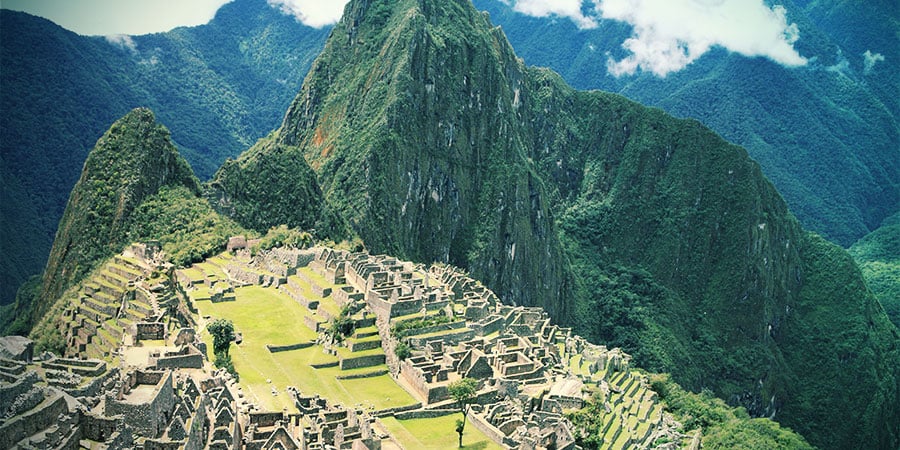
The San Pedro cactus has been with us a long time. Being native to the Andes Mountain range, it is estimated that it has undergone continual shamanic use in Peru for over 3’000 years. The earliest depictions of the San Pedro cactus can be found in an ancient Chavín temple in the northern reaches of Peru, in which a mythical creature is shown holding the cactus – archaeologists have dated the drawing to roughly 1’300 BC! Backing up the notion was the discovery of a Chavín refuse site, which had archaeological remains of cigars made from San Pedro.
Fortunately, unlike other hallucinogens, the practice of using San Pedro for its psychoactive content remains as strong today as it ever was – for whatever reason, it largely managed to avoid the attention of Catholic settlers, which nearly wiped out the use of other hallucinogens in the region.

You might also like
-
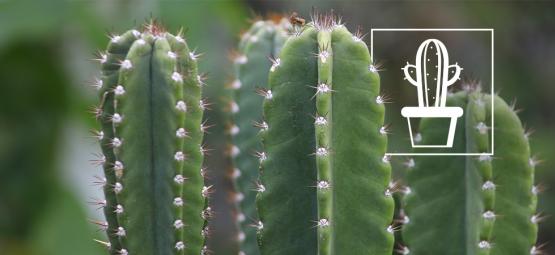
 6 min
March 12, 2025
How to grow and care for the San Pedro cactus
Growing plants is a very satisfying endeavor—even more so when they make you trip! Here, we'll look at how to grow San Pedro—an iconic psychoactive cactus—from seeds and cuttings. ...
6 min
March 12, 2025
How to grow and care for the San Pedro cactus
Growing plants is a very satisfying endeavor—even more so when they make you trip! Here, we'll look at how to grow San Pedro—an iconic psychoactive cactus—from seeds and cuttings. ...
-

 9 min
April 19, 2019
How To Prepare For A Safe Psychedelic Trip?
Here at Zamnesia, we want to make sure you have a good trip on your first plummet down the rabbit hole. Follow these guidelines whether you just want to giggle uncontrollably for a while or give your ...
9 min
April 19, 2019
How To Prepare For A Safe Psychedelic Trip?
Here at Zamnesia, we want to make sure you have a good trip on your first plummet down the rabbit hole. Follow these guidelines whether you just want to giggle uncontrollably for a while or give your ...
-
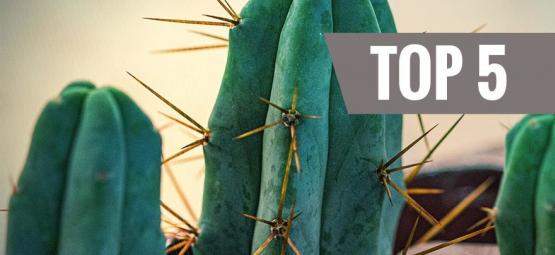
 3 min
October 6, 2018
Top 5 Mescaline Cacti
Mescaline occupies the esteemed podium of naturally occurring hallucinogens along with DMT and psilocybin. The alkaloid can be found in a variety of cactus species. Here are the top 5 mescaline-contai ...
3 min
October 6, 2018
Top 5 Mescaline Cacti
Mescaline occupies the esteemed podium of naturally occurring hallucinogens along with DMT and psilocybin. The alkaloid can be found in a variety of cactus species. Here are the top 5 mescaline-contai ...
-
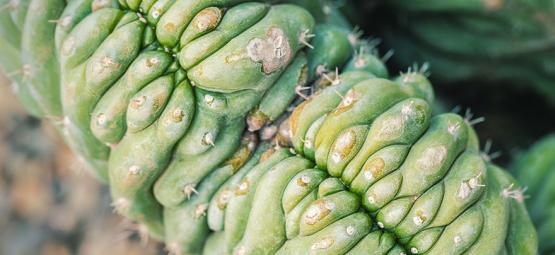
 2 min
April 19, 2018
Crested San Pedro: What Is It?
The crested San Pedro cactus is the visually stunning mescaline cactus of Peru. Beloved by psychonauts and ordinary horticulture enthusiasts, we take a closer look at this trippy cactus. ...
2 min
April 19, 2018
Crested San Pedro: What Is It?
The crested San Pedro cactus is the visually stunning mescaline cactus of Peru. Beloved by psychonauts and ordinary horticulture enthusiasts, we take a closer look at this trippy cactus. ...
-
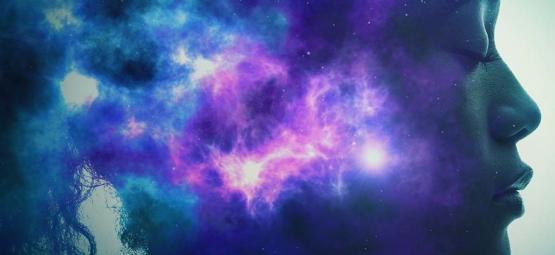
 3 min
June 29, 2015
Psychedelics As A Tool For Self Growth And Spirituality
Psychedelic drugs are a powerful tool. In the right circumstances, they offer up the key to unshackle the mind, and allow it to grow - taking them way beyond their traditional recreational use. ...
3 min
June 29, 2015
Psychedelics As A Tool For Self Growth And Spirituality
Psychedelic drugs are a powerful tool. In the right circumstances, they offer up the key to unshackle the mind, and allow it to grow - taking them way beyond their traditional recreational use. ...
Categories
-
Seed Shop
- Feminized Seeds
- Autoflower Seeds
- Regular Cannabis Seeds
- F1 Hybrids
- Zamnesia Seeds
- Top 10 Autoflower Seeds USA
- Top 10 Feminized Seeds USA
- Top 10 CBD Seeds USA
- Top 10 Zamnesia Seeds
- Beginner Strains
- Below 1% THC
- Classic Cannabis Strains
- Cup Winners
- F1 Hybrids
- Fast-Flowering Strains
- High THC Seeds
- Mix Packs
- Zamnesia Exclusive Collabs
- Amnesia Seeds
- Blueberry Seeds
- Cheese Seeds
- Diesel Seeds
- Gorilla Seeds
- Haze Seeds
- Kush Seeds
- Purple Seeds
- Skunk Seeds
- White Widow Seeds
-
THCa Shop
-
Kratom Shop
-
Smoke Shop
-
Smartshop
-
Shroom Shop
-
Growshop
Account
Information
Our Offers
Our website won't work without these cookies activated. Therefore functional cookies can't be disabled.



















